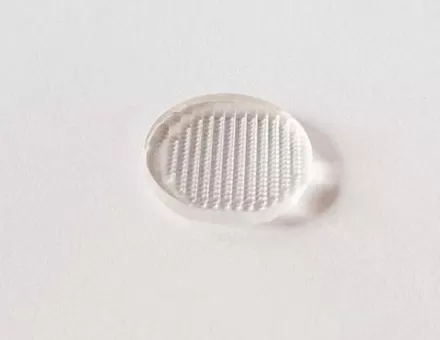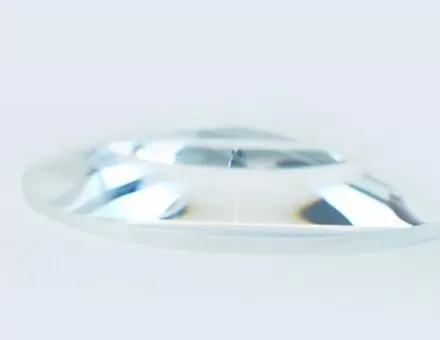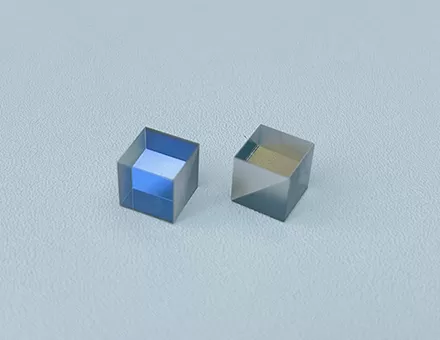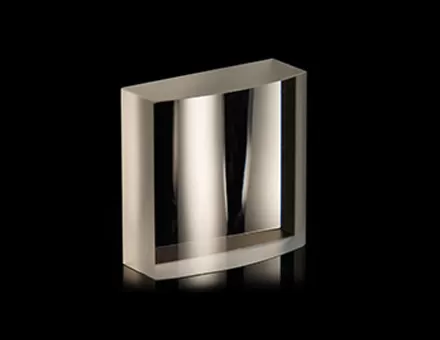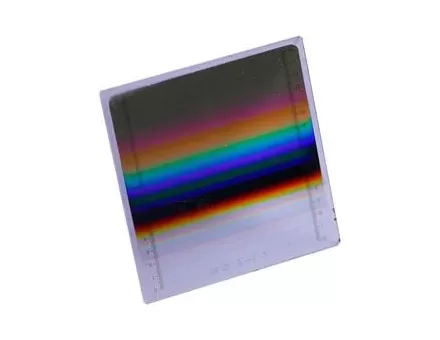The prism is a solid glass optics, sanded and polished into a geometric and optically obvious shape. Angle, position and the number of optical flats help to define the type and function. One of the most recognised prism uses demonstrated by Sir Isaac Newton includes dispersing a beam of white light into its component colors. The devices used in this application are refractometers and spectral elements. As a result of this initial discovery, prisms have been used in the system to ' refract ' the optical fiber, ' fold ' the system into a smaller space, change the direction of the image ( also known as rotation or co-location ), and merge or segment part of the reflection surface of the beam. These applications are very common in the use of telescopes, magnifying glasses, measuring instruments and many other applications.
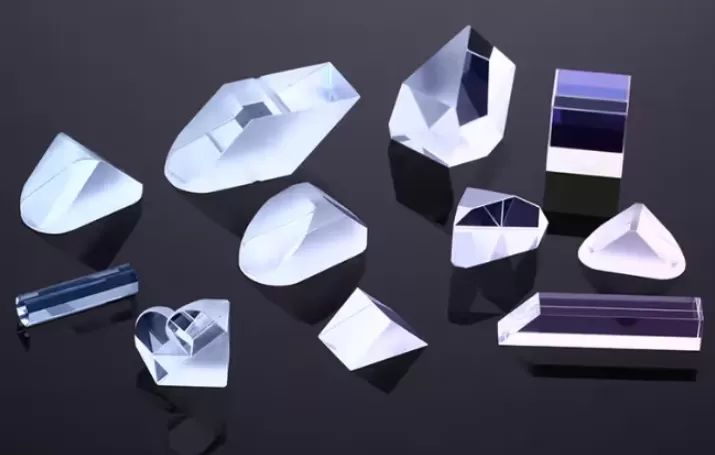
In the optics of prism, a significant feature of the prism is that it can imitate as a plane mirror system to simulate the light reflection in the prism medium. Replacing mirror assemblies may be the most useful prism application, as they both refract or fold light and change image co-location. To achieve an effect similar to that of a single prism, multiple mirrors are usually required. Therefore, replacing several mirrors with a prism can reduce potential calibration errors, improve accuracy, and reduce the size and complexity of the system.

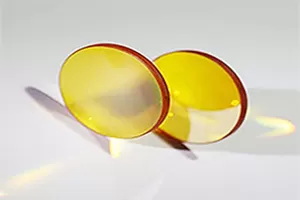
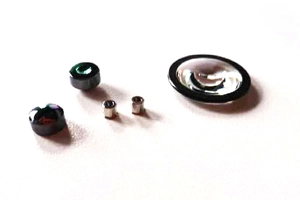

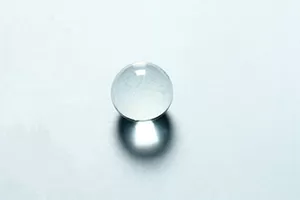
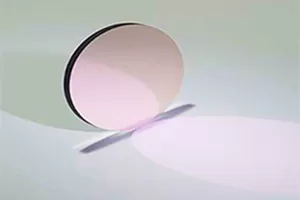
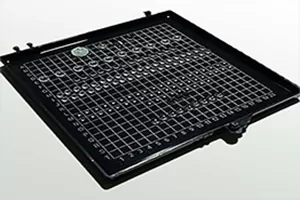

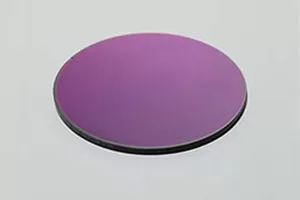

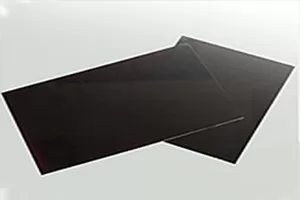
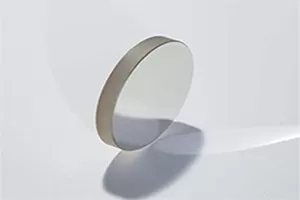
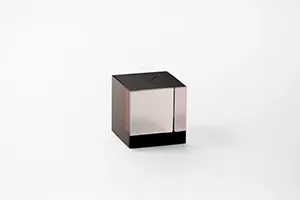
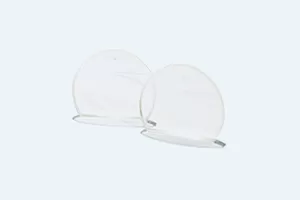
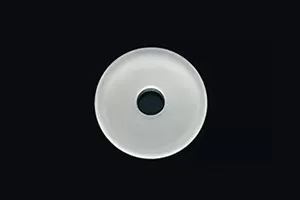
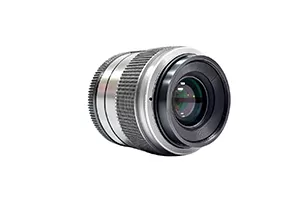

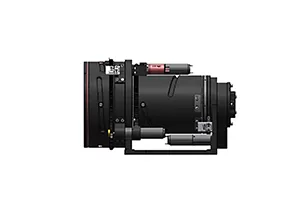
 EN
EN

